
It’s not just an interior style its basically a philosophy.
What is Japandi?
Japandi is based on simplicity, which is a key feature of both Japanese and Scandinavian design. It is inspired by the Japanese concept of ‘wabi-sabi,’ which means ‘finding beauty in the imperfection.’ It also contains elements of “hygge,” a Scandinavian style trend that focuses on creating a warm and inviting ambiance.
Continue reading if you’re as captivated by Japandi as we are. This article will go through what Japandi is, why it works so well, and how you may use it in your own home. Yes, this trend has been there since 2017, but it has truly taken off in the previous 12 months, with more manufacturers incorporating Japandi features into their new product lines in 2022.
It’s easy to see why these two styles have been mixed together. Despite the fact that the individual elements are from different parts of the world, they have comparable concepts. Both are examples of minimalism in action. Each style emphasizes the necessity of designing largely practical areas with a few statement pieces rather than an overabundance of décor.
The contrasts between the two styles contribute to the unique appeal of this mash-up. While Japanese spaces can be excessively minimalist and slick, rustic touches in Nordic design provide interest. Whereas Scandinavian interiors are often very neutral, Japanese design uses a rich color pallet to give the room a warm light.I often preach the need of contrast in designing visually appealing interiors, and Japandi is no exception.
Mix n match:
The color palette is the simplest method to demonstrate how combining the two styles defines this trend and creates an appealing look in this example. This is a refreshing approach on simplicity that I can get behind!
You’re undoubtedly thinking how you might replicate this look at home. The first step is to understand the colors and tones that characterize each style. A mix of light, neutral tones, natural timbers, and pastel accents distinguishes Nordic design. The deeper tones of Japanese style are well-known. We see stained woods surrounded by eye-catching embellishments of black, scarlet, and gold more frequently.
Rugs:
Lay it all out there. The Deny rug, available in five sizes, is crafted from 100% woven polyester chenille with a a durable backing to withstand daily wear and tear. They feature designs from our curated selection on the front to match whatever your decor style may be. The soft, textured topside is easy to vacuum and can be spot cleaned with soap, water and a non-abrasive cloth. And the best part? Every purchase pays the artist who designed it—supporting creativity worldwide.
The Leelu Black and White Rug is inspired by the Japandi ( hygge and Scandinavian) rug design. Featuring a highly intricate web of sleek lines and geometric shapes, simplified with a bicolor scheme of neutral grey and pearl, this rug has an understated cool vibe. Rug colors may vary slightly according to your device and the lighting in your space.
colours:
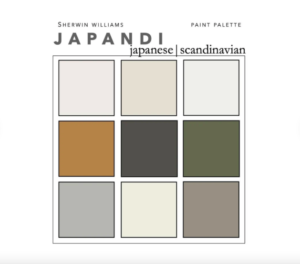
The “Japandi” style combines the best of both worlds: the Scandinavian style’s bright, light color scheme and the Japanese style’s warm, natural color scheme. White is employed, but soft colors inspired by nature, such as brown, beige, and terracotta, take precedence.
The majority of Japandi room transformations begin with a deeper base color on the walls, typically a rich, neutral tint. The balance is then achieved by blending light woods with plain black tones. The accents are frequently monochrome as well. For a lovely modern and pleasant room, go with a classic black, white, and light-colored wood scheme.
Natural sources, such as house plants, can also be used to give a splash of color. Japandi is the ideal compromise between Scandinavian style’s bright and cold color palette and Japanese style’s warm and natural palette. Cooler pinks, blues, and greens may also be found, warmed up with earthy textures and wooden features. Pops of color should be used sparingly, so as not to detract from the design’s austere consistency.
Furniture:
One aspect is consistent in both Scandinavian and Japanese interiors: the furniture is easily recognizable. The furniture collections in this design use neutral textiles, basic shapes and lines, and slim tapered legs. With this in mind, it only makes logical to use a variety of elements from both to ground Japandi areas.
Clean lines and a focus on functionality characterize both furniture types, but there are a few important differences. Scandinavian furniture is made largely of light woods and has a relaxed, almost farmhouse air. On the other hand, Japanese pieces are more polished and attractive.
Japandi Decor:
They are made of stained or painted wood and have beautiful curving forms.Scandinavian accent pieces focus on relaxation and warmth. This means luxury rugs, lavish cushions and cosy blankets to give their interiors a homey feel. Japanese accents tend to be more practical items such as vases or screens. Japandi rooms ideally include a mix of both, though still feel simple and trim.
Accessories:
By incorporating both aesthetics into your design, you may achieve a sense of both harmony and contrast in your house. To get a decent balance in the area, mix your wood tones, use items with both curved and straight lines, and incorporate pieces with both curved and straight lines.
This gives the area a distinct texture, making it more appealing to the eye. We all enjoy a great accessory, but they aren’t as important here as they are elsewhere. Because this design concept places a greater emphasis on usefulness, elements that are merely aesthetic take a backseat. However, to tie the concept together, you’ll need a certain amount of accessories and accent items.
Accents:
Relaxation and warmth are the focal points of Scandinavian accent pieces. To give their spaces a domestic vibe, they use luxurious rugs, sumptuous sofas, and cozy blankets. Japanese accents are typically more functional items like vases or screens. Japandi rooms should ideally incorporate a combination of both, while remaining basic and trim.
One element is quite common in both designs. Natural elements such as plants are used frequently in Japanese and Nordic designs to infuse a sense of energy into their décor.
Plants should be incorporated into your Japandi interiors to add natural color and tie the entire motif together. One of the foundations of this design is the blurring of indoor and outdoor spaces, and bringing green outdoor materials inside is the greatest method to accomplish it. Choose tall plants like orchids or peace lilies that have silky, delicate foliage and a basic structure.
Despite its status as a relatively new design style, Japandi has the potential to become a timeless classic. It provides the greatest minimalist aesthetic by combining the best of two popular styles. Beyond that, it instills in your house and life an inspiring concept of accepting imperfection, celebrating authenticity, praising craftsmanship, and living simply.
If you want to give your home a Japanese vibe but aren’t sure where to begin, this inspiring information and moodboard can come in handy.
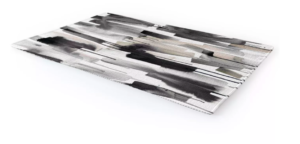
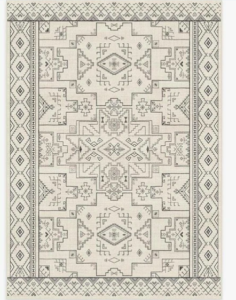
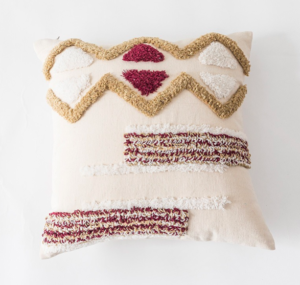
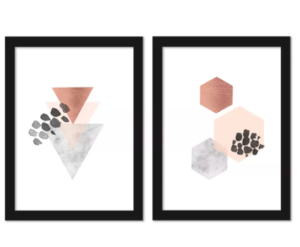
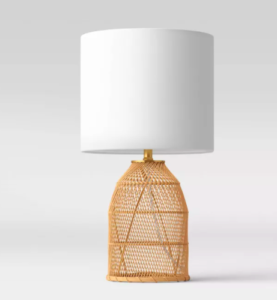
Comments will load here